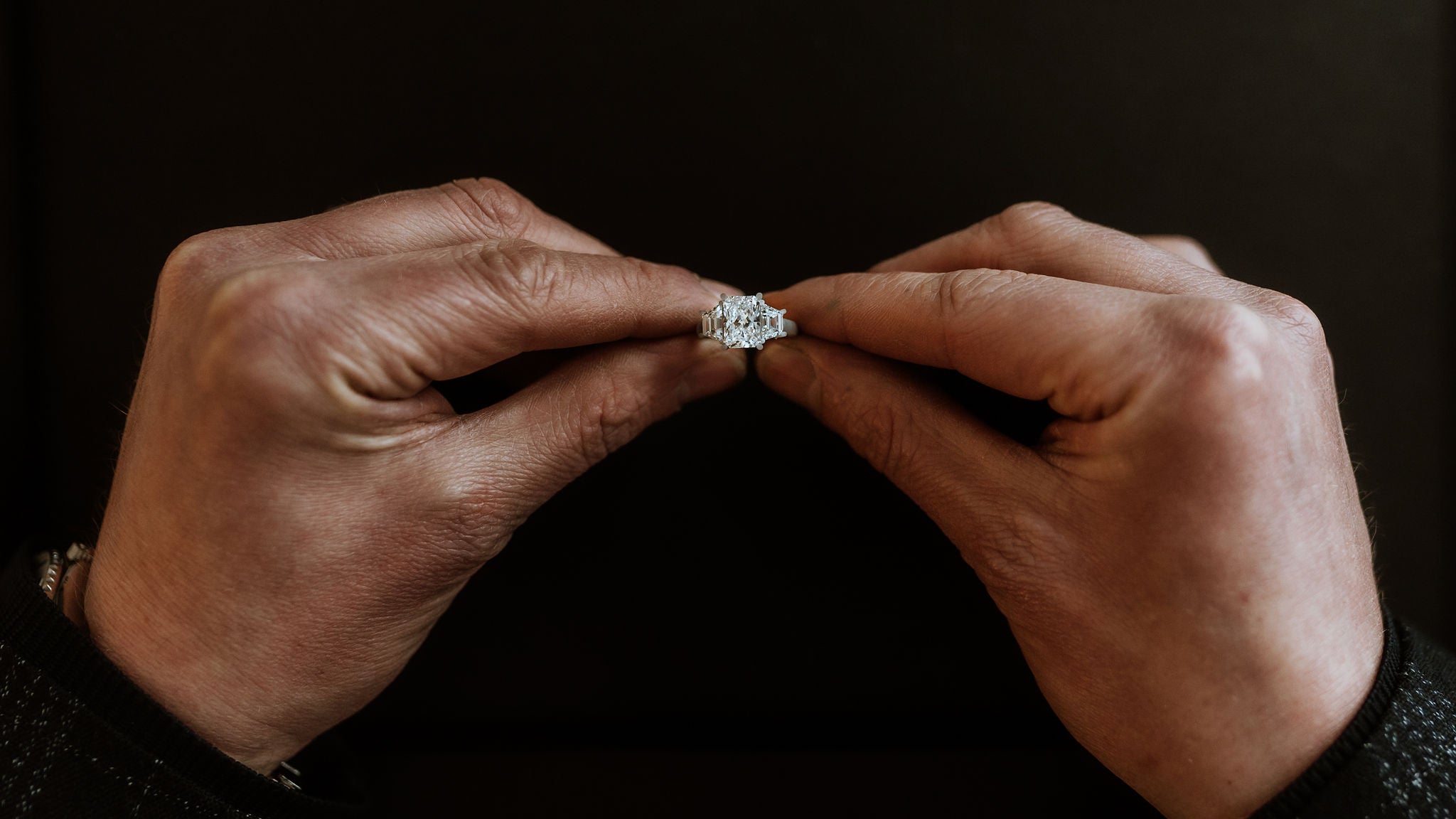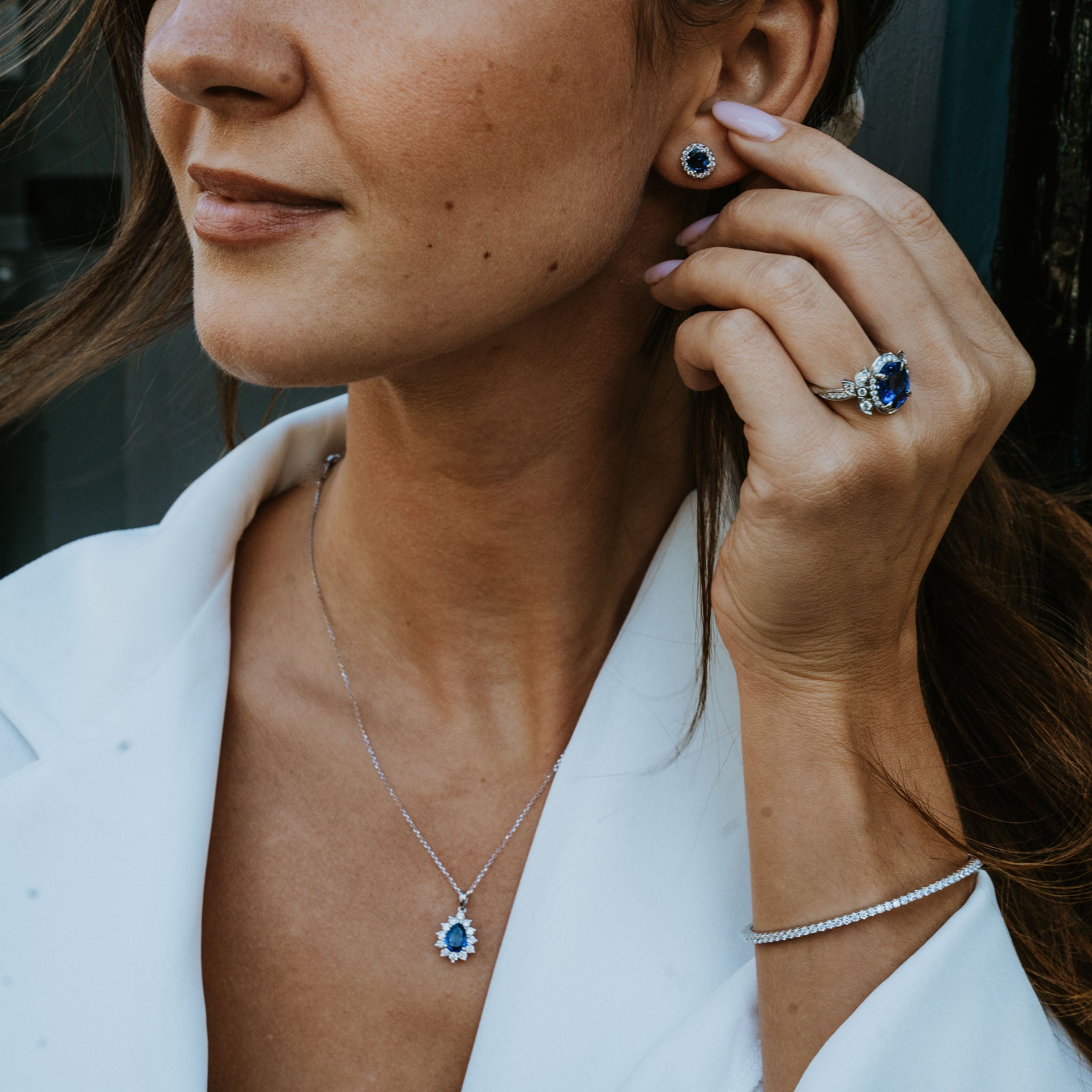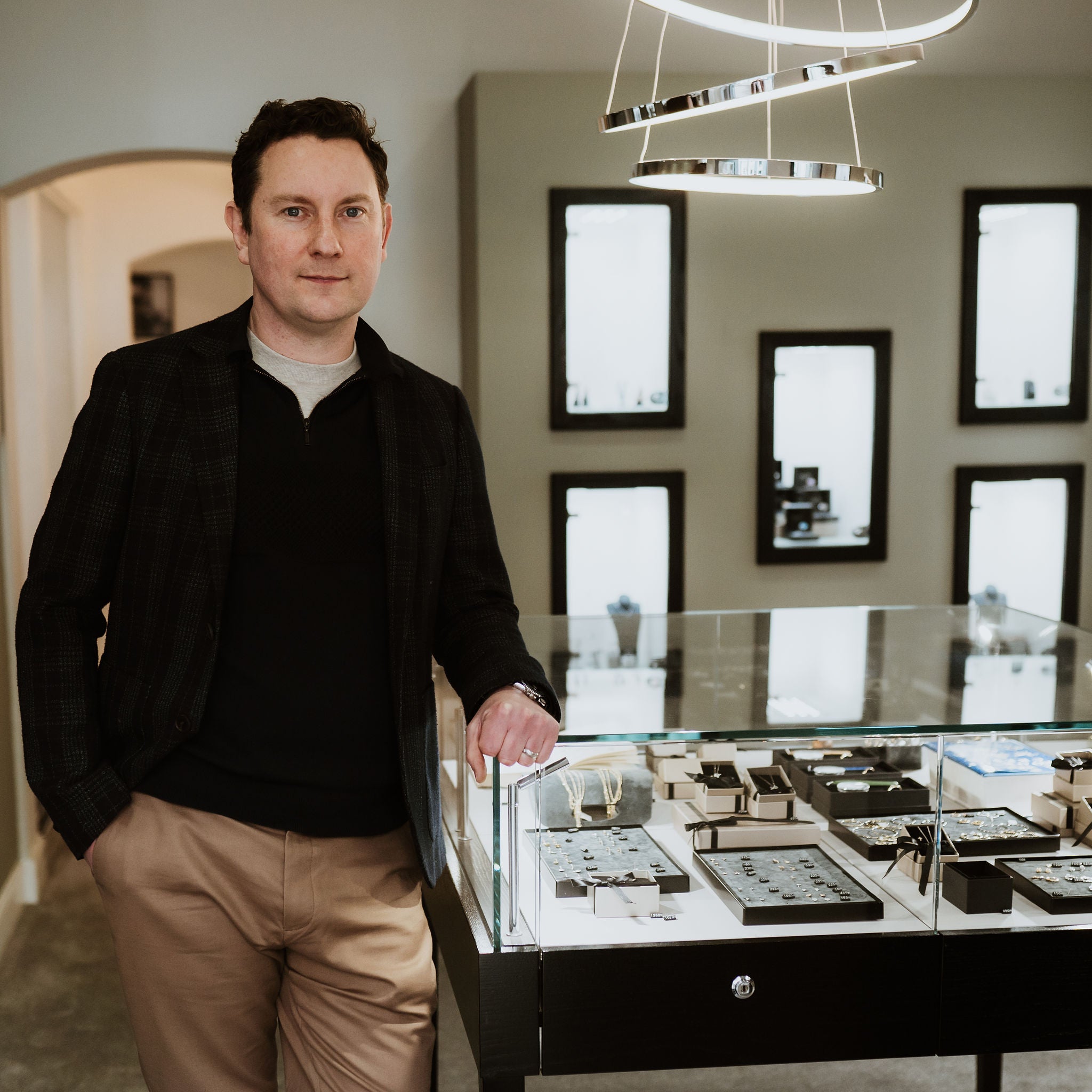 One of the allures of luxury watches as a piece of jewellery, and why they arrive to us to be evaluated and potentially restored is that a watch is one of the few pieces of jewellery anyone can wear at any time for any occasion.
One of the allures of luxury watches as a piece of jewellery, and why they arrive to us to be evaluated and potentially restored is that a watch is one of the few pieces of jewellery anyone can wear at any time for any occasion.
A wristwatch can be casually worn to add subtle glamour to an ordinary outfit or it can be a statement piece that completes a gown or suit. Because of this, they need the most protection, and we offer a range of protective cases and rolls for exactly this purpose.
However, it must always be noted that when it came to watches, their luxurious, stylish appeal came before their practicality, and few people understood this better than the man credited with the invention of the pocket watch.
The Shrinking Of The Clock
The creation of the watch began with the miniaturisation of the clock starting in the 1450s, which had dials powered by springs rather than driving weights.
One of the first examples of this was a clock owned by Philip the Good around 1430. It is sometimes described as the first-ever watch because it was technically portable and powered by a wind-up mechanism, although its huge size makes describing it as such somewhat of a misnomer.
The Duke of Burgundy, Philip the Good ruled over one of the two major centres of arts, culture and technology in the 15th century, and this watch/clock was the first that could technically be transported due to its use of a mainspring.
Whilst this initial version was limited in its mechanisms, it did prove influential to a generation of locksmiths, clockmakers and inventors.
The Pomander Watch
Over the next 75 years, clocks began to get smaller and the epicentre for what would become the watchmaking world was Nuremberg, the capital city of invention, led by a young man who would transform timekeeping as we know it.
Born in 1485, Peter Henlein did not invent the mainspring, nor was he alone in miniaturising clocks to the extent that they could be worn. However, aged 20, he would be credited with creating the earliest known watches that could be worn on the body.
Known as Watch 1505, Mr Henlein’s watches resembled a spherical device worn on the person known as a pomander and quickly became a highly desirable luxury item.
A pomander was a metal container that held spices to protect against bad smells, so even from the very start of their invention, watches threaded the needle of style and subtlety and were particularly popular amongst the nobility of the Holy Roman Empire.
Due to their shape, they became known as pomander watches and whilst Mr Henlein did not invent any of the concepts that made them work, he was vital to miniaturising the components to the point that they could be fitted into a beautiful piece of jewellery and work for over a day without winding.
Created Under A Silver Lining
Whilst undoubtedly a prodigy, part of the reason why Mr Henlein was able to create such a watch might be the result of rather more immature impulses.
Little is known about his early life, but aged either 18 or 19 in 1504, he was arrested on suspicion of manslaughter, having taken part in a brawl where a fellow locksmith died.
He sought asylum in a nearby Franciscan Monastery that happened to be a central hub of scientific and engineering knowledge. Mr Henlein put his second chance to good use and developed what became the pomander watch just a year later.
When he left the monastery in 1509, he became a master of the locksmith guild and became widely known for his highly desirable watches, with a 1525 receipt suggesting that he charged 15 florins (up to £15,000 depending on the type of conversion used) per watch.
The Nuremberg Egg
Similarly, whilst his work in miniaturisation allowed for the creation of egg-shaped pomander watches, he was not necessarily the creator of the Nuremberg Egg, a popular drum-shaped watch that became a missing link between the pomander watch and later pocket watches.
Early watches were not necessarily accurate; they only had an hour hand, often had to be wound twice a day and were typically accurate to within half an hour of the actual time.
However, as with luxury watches today, the point of a Nuremberg Egg was not to use them to tell the time but to showcase style, sophistication and taste, and Peter Henlein’s legacy is to have made this all possible.





